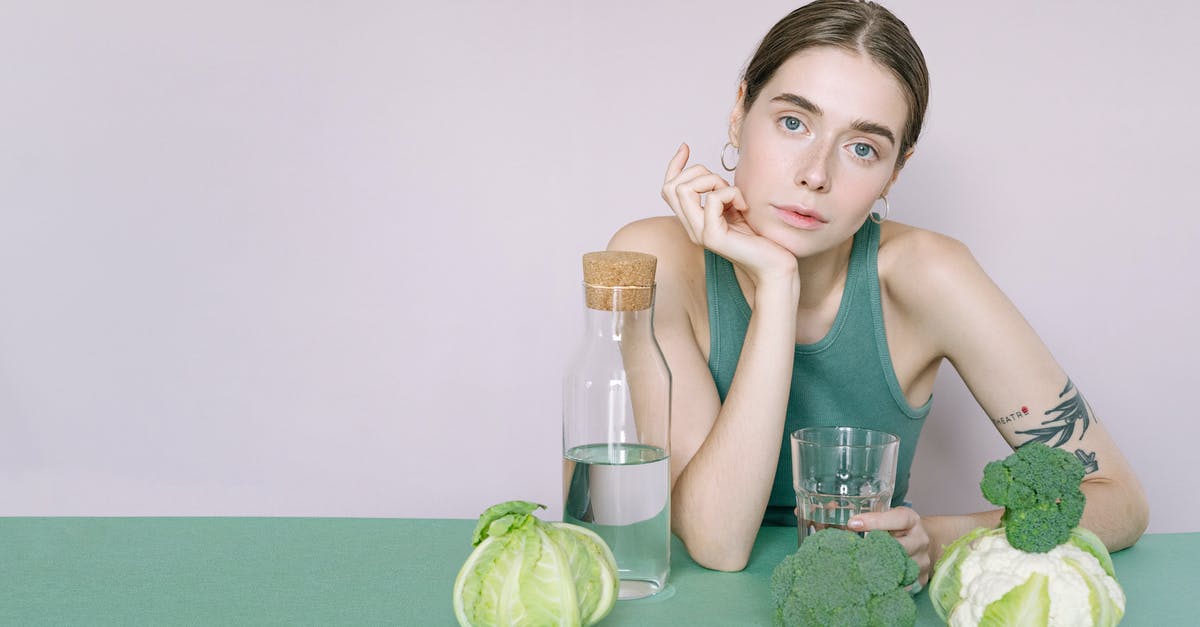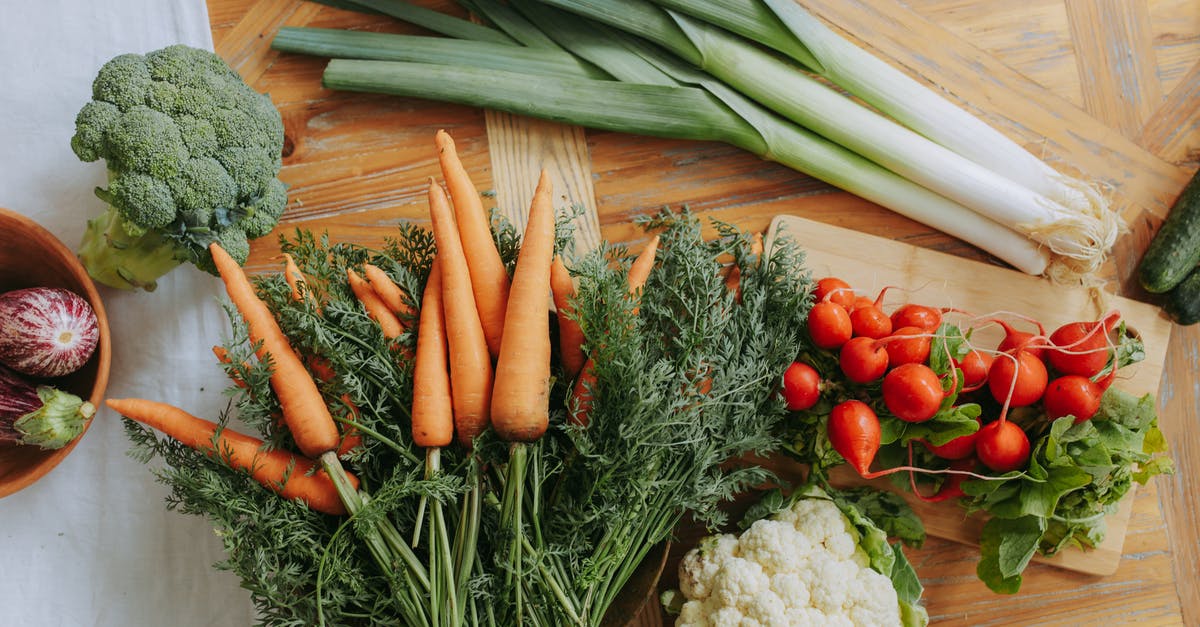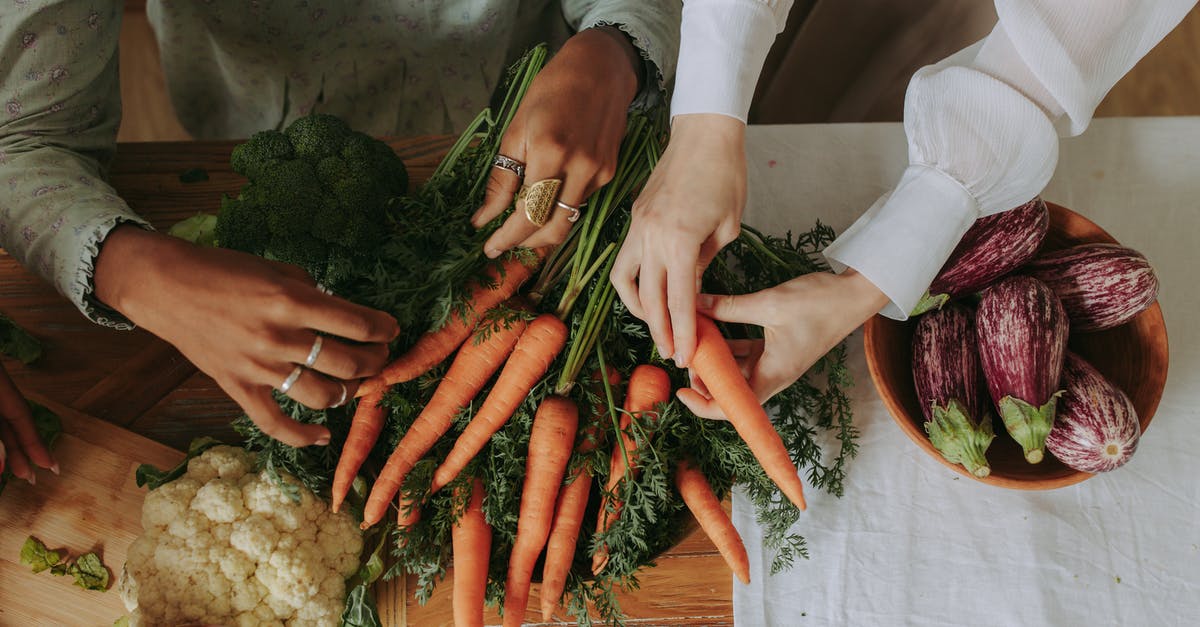Acidity level not increasing when fermenting cauliflower

I am currently part way through my first attempt at vegetable fermentation. Today marks the 4th day of fermenting some cauliflower, and things seem to be doing okay, I have some bubbles and no sign of any mould though it does smell a bit funky, though I think this is normal, it is a bit of a strong cauliflower smell.
My question is around the pH levels in the fermentation, I have read the usual beginners scare stuff about botulism, and that it isn't anything to be too concerned about, but for peace of mind, if your ferment reads at 4pH or lower you can be rest assured there isn't any botulism in your ferment.
However my ferment is currently reading at around 6pH and has been this way since I started it. Another thing I read about preventing botulism was that if you have enough lactobacillus bacteria, these guys will outcompete anything else in there, killing any nasties that might be trying to gain a hold on your veggies.
So I guess my question is, is the presence of fizzyness in the form of the bubbling (opening the jar is a bit like opening a fizzy bottle, and I have been burping the jar fairly regularly), evidence that there is good growth of the 'good' bacteria, meaning absence of any bad? And is 4 days too early to be hung up about acidity level, or should it have dropped to something lower by now?
Best Answer
I don't know that I can give a definitive answer about safety, knowing little about how clean your apparatus was to begin with, how exactly you have it set up (container type, how you are "burping," etc.). Most importantly, I don't know what recipe you used and whether it was verified as safe through a scientific process.[*See note]
All of that said, your salt concentration of 2.5% per total weight sounds reasonable and is unlikely to allow botulism bacteria to grow very efficiently. It's pretty unlikely that you're growing anything too nasty. Also, botulism bacteria in particular like anaerobic environments. The fact that you are "burping" your container likely means you are exposing the surface of the liquid to oxygen, and the bubbling action will be churning things around enough that you going to get gases moving within the liquid. Bottom line is that you are unlikely to be growing botulism bacteria significantly, though you might be growing other types of bacteria or yeasts that may or may not be what you want. (Listeria, for example, is a common bacteria that can survive somewhat acidic and higher salt environments, and it's more likely that you'd grow that in a fermentation than significant botulism bacteria.)
Natural fermentation can take quite a while to develop significant acidity. A lot of recipes claim you can have something "fermented" in 3-4 days, but it's pretty rare to get a stable culture in that amount of time for most foods. I don't know what your recipe claimed, but depending on temperature and other fermentation conditions, it could easily take a week or more to start developing significant acidity, and it could take 2-3 weeks until your pH level goes down as far as you want. (At cooler temperatures, fermentation can go on even longer.)
Bubbling by itself doesn't mean you are growing lactic acid bacteria. Bubbling can easily be the result of other common bacteria and/or yeasts, and it often is during the initial stages of a wild fermentation. (And yes, some of them potentially could produce nasty things that could make you sick too. Again, the salt mitigates this risk, but it's possible.) Exposing the ferment to air during burping does risk growing mold and other surface yeast/bacteria, which is probably a greater concern for failure than botulism. Most likely, you will just produce a little surface "scum" that most people don't worry about. (Not saying you definitely shouldn't worry about it; it's most likely to be the worst thing you grow in a few days, and it rarely will produce illness.)
Bottom line is that the bubbles indicate something is going on, and likely part of that something is lactic acid bacteria starting to grow. If you don't produce significant acidity in 7-10 days, I might consider throwing it out and starting over (particularly if it smells or looks weird). At only four days, though, and not knowing your temperature and other fermentation conditions, it's difficult to say anything's wrong yet. I know many online recipes will claim fermentation happens in just a few days, but wild fermentation is unpredictable and frequently can take longer.
*Important note: I know almost everyone these days just throws a bit of salt and some food in a jar and expects to produce safe fermented food, but designing safe and repeatable recipes is quite difficult. It's easy to find thousands of recipes online now, but the vast majority of them have not been subjected to scientific testing for safety. If you really want to guarantee safety in a pickling recipe, find a safe verified recipe from a reputable source, like the fermentation guidelines from the National Center for Home Food Preservation or the USDA. Many states (particularly agricultural ones) also host sites and recipes that have been scientifically tested. The Ball Blue Book is another traditional resource for home canning and preservation methods that were tested. When I say tested, it means the process has been verified in multiple tests across a large number of samples (usually hundreds of trials) not to produce pathogenic bacteria or other harmful agents with the right proportions of water, salt, vegetables, etc. done under the right times and conditions. Different vegetables release different quantities of liquid when subjected to salt. Different vegetables absorb salt more or less efficiently depending on their size, and the salt is necessary to cure them properly. Etc. Scientific recipes that are verified for safety have taken all these factors into account. Unfortunately, though, it's harder to find consumer tested recipes for fermented pickles other than cucumbers and sauerkraut as for the past century or so (until the past decade) most people tended to pickle other foods with vinegar or other acids instead.
I'm not trying to scare anyone here. The fact is that with a decent amount of salt, you're unlikely to grow anything bad. But if you actually want to guarantee a safe fermentation (and be more likely to succeed consistently), follow a tested recipe, along with all the preparation it demands.
Pictures about "Acidity level not increasing when fermenting cauliflower"



Does fermentation reduce acidity?
Fermentation lowers the pH of foods by increasing the level of lactic acid present in them, which makes them safe for consumption. Vinegars or other weak acids (such as lemon juice) are sometimes added during the process of fermentation to make sure that the food's pH is kept at safe levels.What pH should fermented vegetables be?
Fermented food needs to reach a pH level of 4.6 or lower (which indicates it is acidic enough to be safe). Fermentation, if done properly, will bring food to the \u201csafe\u201d acid level.What happens when you ferment vegetables too long?
A ferment that has been left too long will always show the signs: it will have a colorful mold and its smell will be cheesy, musty and moldy rather than fresh, sour and funky. The 'off' smell and colors are an indication that you have let your veggies ferment too long or too little.Biggest MISTAKE made FERMENTING
Sources: Stack Exchange - This article follows the attribution requirements of Stack Exchange and is licensed under CC BY-SA 3.0.
Images: Ivan Samkov, Artem Podrez, Yaroslav Shuraev, Yaroslav Shuraev
